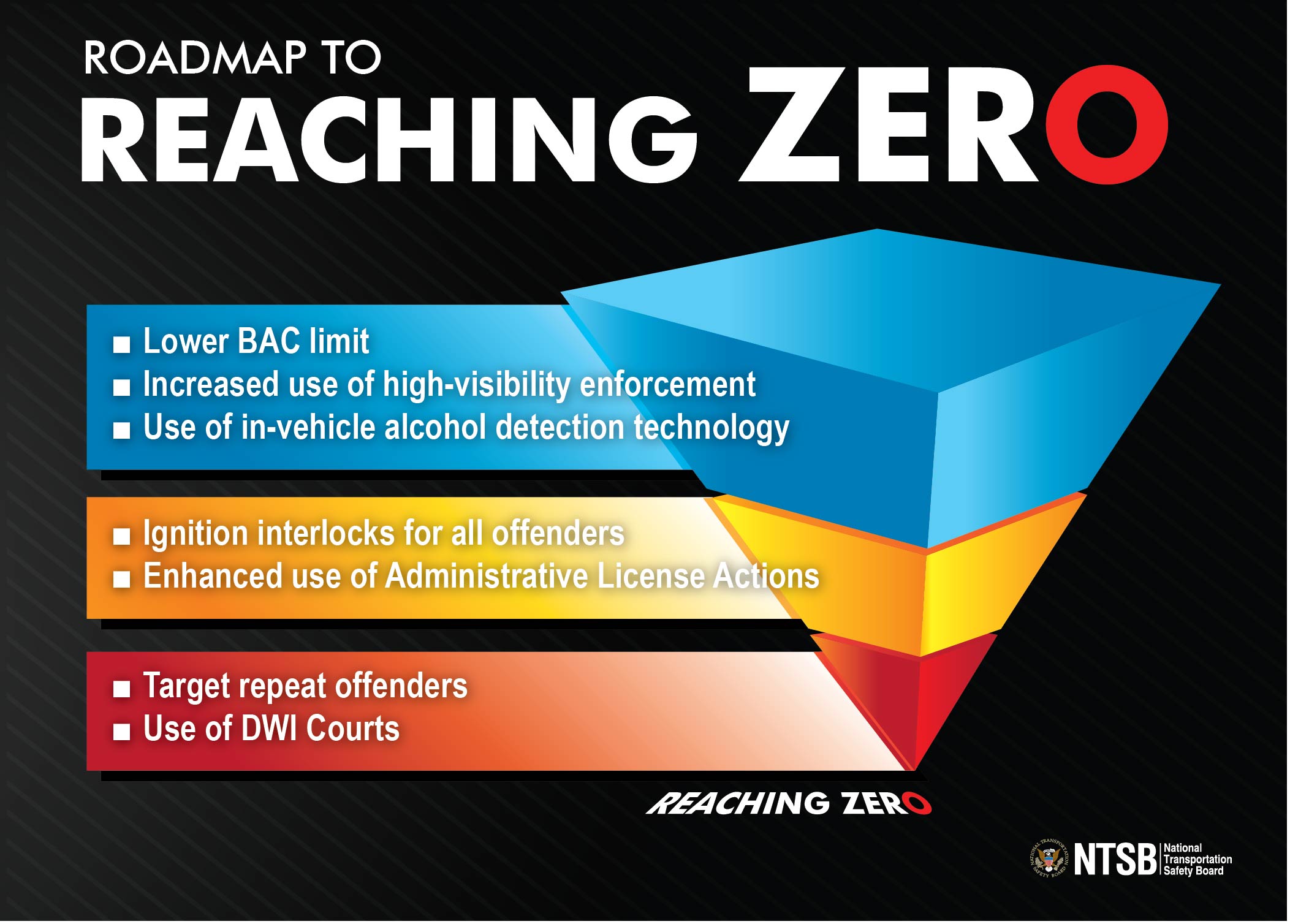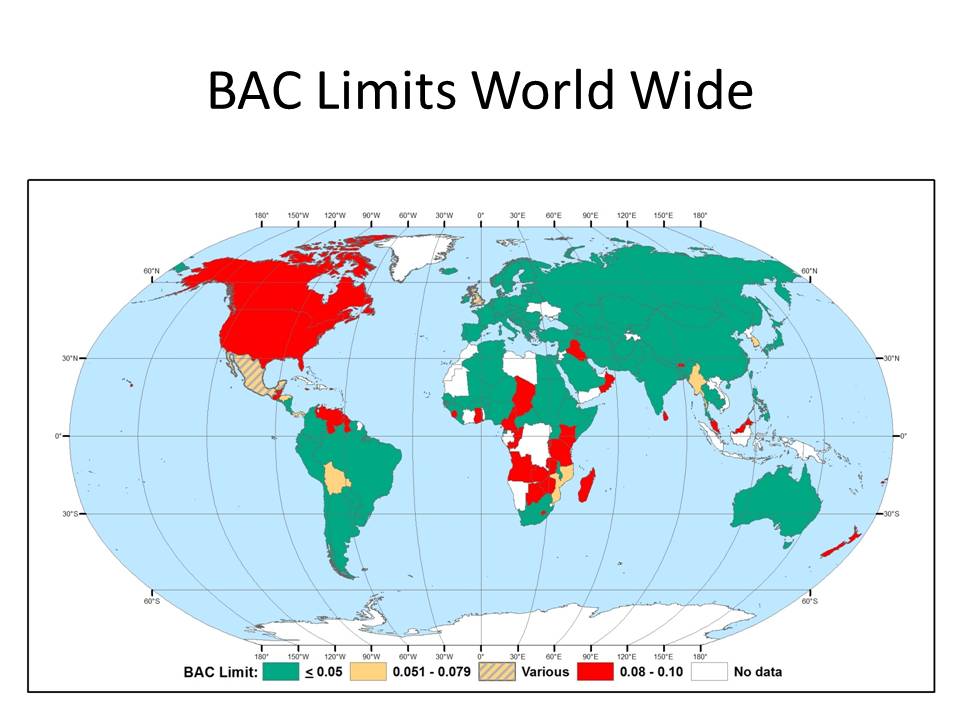NTSB UNVEILS INTERVENTIONS TO REACH ZERO ALCOHOL-IMPAIRED CRASHES
May 14 2013 – Today that National Transportation Safety Board released a bold set of targeted interventions to put the country on a course to eliminate alcohol-impaired driving crashes. The 19 recommendations call for stronger laws, swifter enforcement and expanded use of technology.
“Most Americans think that we’ve solved the problem of impaired driving, but in fact, it’s still a national epidemic,” NTSB Chairman Deborah A.P. Hersman said. “On average, every hour one person is killed and 20 more are injured.”
Each year in the United States, nearly 10,000 people are killed in crashes involving alcohol-impaired drivers and more than 173,000 are injured, with 27,000 suffer incapacitating injuries. Since the mid-1990s, even as total highway fatalities have fallen, the proportion of deaths from accidents involving an alcohol-impaired driver has remained constant at around 30 percent. In the last 30 years, nearly 440,000 people have died in alcohol related crashes.
Today, investigators cited research that showed that although impairment begins with the first drink, by 0.05 BAC, most drivers experience a decline in both cognitive and visual functions, which significantly increases the risk of a serious crash. Currently, over 100 countries on six continents have BAC limits set at 0.05 or lower. The NTSB has asked all 50 states to do the same.
“The research clearly shows that drivers with a BAC above 0.05 are impaired and at a significantly greater risk of being involved in a crash where someone is killed or injured,” said Hersman.
Among the other findings, investigators said that high-visibility enforcement efforts, such as sobriety checkpoints and saturation patrols paired with media campaigns, deter alcohol-impaired driving. And to increase the effectiveness of these programs, the NTSB recommended that police use passive alcohol sensors to help better detect alcohol vapor in the ambient environment.
The NTSB, which in December 2012 recommended that states require ignition interlocks for all DWI offenders, said that because only about one in four offenders ordered to have an interlock actually have one installed, states should employ measures to improve interlock compliance.
Further, the Board said that an intervention known as administrative license suspension, which allows law enforcement authorities to immediately suspend or revoke a driver’s license at the time of a DWI arrest, would be more effective if states required offenders to have an ignition interlock on their vehicles before licenses could be fully reinstated.
The NTSB recognized the effectiveness of specialized state DWI courts in addressing the particular challenges represented by repeat offenders. DWI courts hold offenders accountable through intensive monitoring, treatment for underlying disorders, alcohol testing and graduated sanctions. The NTSB recommended that the National Highway Traffic Safety Administration assist states in maximizing their effectiveness by providing the courts with current best practices.
Over the past year, the NTSB sharpened its focus on impaired driving and has taken a number of actions, including issuing recommendations following a December 2012 special report on wrong-way driving. That report revealed that more than 60 percent of wrong-way crashes were caused by alcohol-impaired drivers. In May 2012, the Board hosted a forum on substance-impaired driving to understand how the latest research, technology, and countermeasures were being used by a range of advocacy groups as well as federal, state and local authorities to address substance-impaired driving.
Today, the NTSB issued 10 safety recommendations and reiterated nine others to NHTSA, the International Association of Chiefs of Police, the National Sheriffs’ Association, the Automotive Coalition for Traffic Safety, all 50 states, Puerto Rico and the District of Columbia.
“Alcohol-impaired crashes are not accidents,” said Hersman. “They are crimes. They can – and should – be prevented. The tools exist. What is needed is the will.”
The report, “Reaching Zero: Actions to Reduce Alcohol-Impaired Driving,” is available on PDF.



